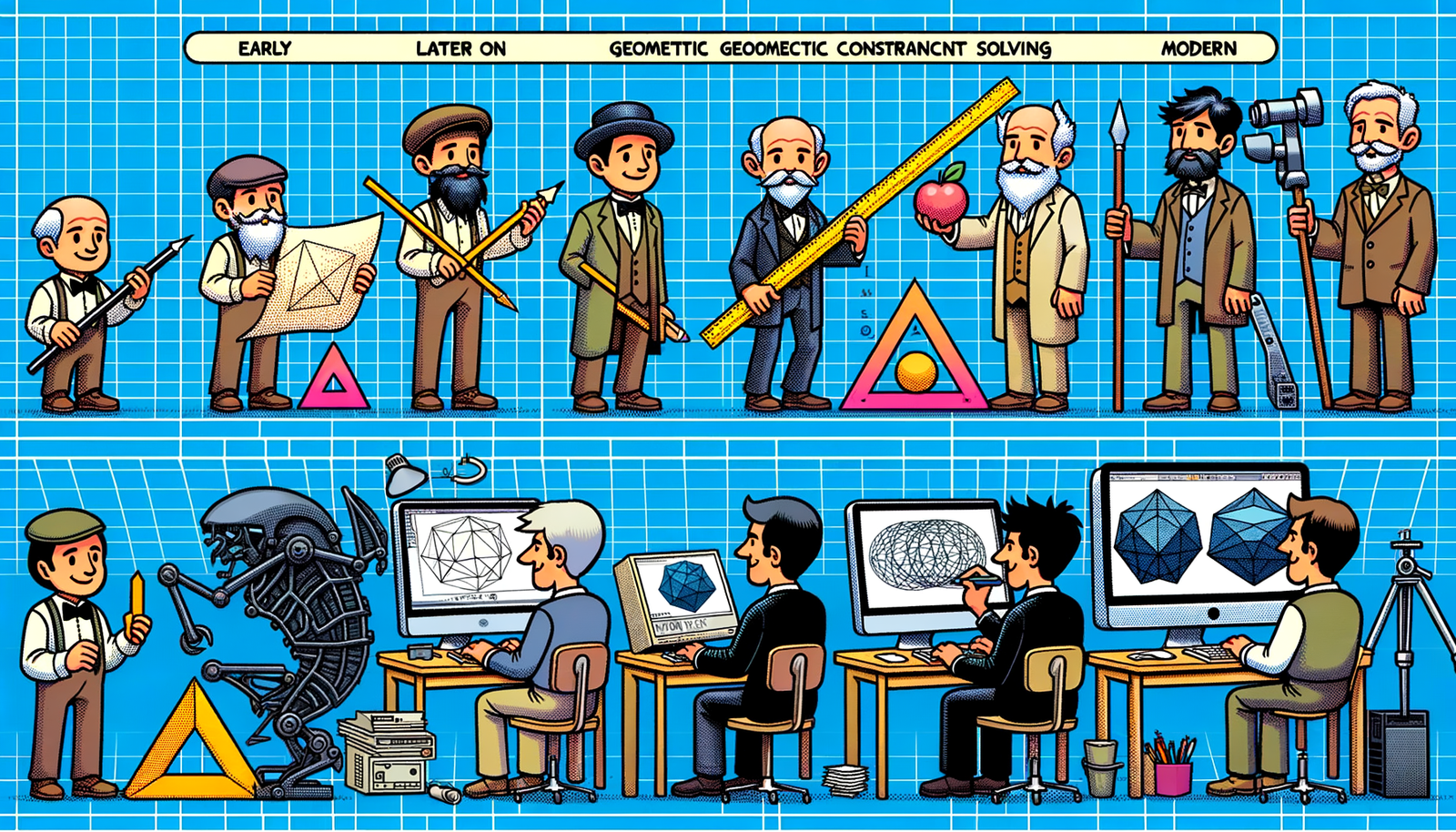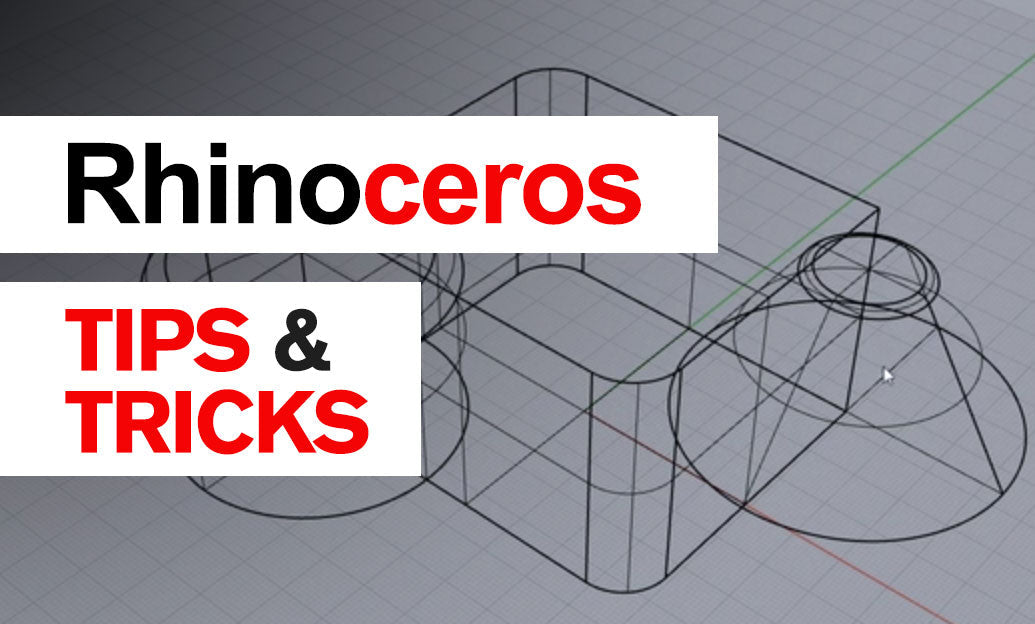Your Cart is Empty
Customer Testimonials
-
"Great customer service. The folks at Novedge were super helpful in navigating a somewhat complicated order including software upgrades and serial numbers in various stages of inactivity. They were friendly and helpful throughout the process.."
Ruben Ruckmark
"Quick & very helpful. We have been using Novedge for years and are very happy with their quick service when we need to make a purchase and excellent support resolving any issues."
Will Woodson
"Scott is the best. He reminds me about subscriptions dates, guides me in the correct direction for updates. He always responds promptly to me. He is literally the reason I continue to work with Novedge and will do so in the future."
Edward Mchugh
"Calvin Lok is “the man”. After my purchase of Sketchup 2021, he called me and provided step-by-step instructions to ease me through difficulties I was having with the setup of my new software."
Mike Borzage
Revit Tip: Enhancing Material Realism in Revit Models for Compelling Presentations
March 26, 2024 2 min read

When working with Revit, achieving a more realistic visual representation of your project can make all the difference in presentations and stakeholder approvals. Materials play a significant role in this process. Here's a tip for today that focuses on leveraging Revit's capabilities to enhance the realism of materials in your models:
- Understand Material Libraries: Revit has a rich set of built-in material libraries. Familiarize yourself with these resources to select appropriate textures and finishes that closely match the real-life materials.
- Customize Materials: For specific needs, go beyond the default library by customizing material properties. Adjust aspects such as color, glossiness, transparency, and texture to match the desired appearance.
- Use High-Quality Textures: The realism of any material is greatly dependent on the quality of its texture. Use high-resolution images to avoid pixelation when viewed closely or rendered.
- Edit Surface Patterns: Revit allows you to edit both the model and drafting surface patterns of materials. Use this feature to accurately represent the material's look in different view styles.
- Apply Bump Maps: To add depth to your materials, use bump maps. These can simulate the physical texture of materials, giving a more realistic feel to surfaces even without advanced rendering.
- Adjust Reflectivity: For materials such as glass, metals, or polished surfaces, tweak the reflectivity settings to simulate how light interacts with these materials in reality.
- Use Tiling Effectively: When applying textures, make sure that the tiling does not create an obvious repetitive pattern. Randomize or use non-repeating textures to avoid this issue.
- Leverage Assets: Revit's material assets include additional settings such as self-illumination for screens or light fixtures and translucency for materials like curtains. Explore these to add another layer of realism.
- Realistic Rendering Settings: Utilize Revit's rendering settings to apply realistic lighting, shadows, and reflections. Experiment with different settings to find the right balance for your scene.
- Stay Organized: As you develop your materials, keep your libraries organized. This enables easier updates and consistency across your project.
For professionals looking to enhance their Revit skills, consider exploring the vast array of resources and software solutions offered by NOVEDGE, a leading online reseller of CAD, 3D Design, and Entertainment Software.
Remember that the most persuasive Revit presentations are those that best simulate the finished product. By mastering the use of materials within Revit, you'll be well on your way to creating stunning, lifelike designs that can impress any audience.
You can find all the Revit products on the NOVEDGE web site at this page.
Also in Design News

Bluebeam Tip: Maximize PDF Security and Efficiency with Bluebeam Revu's Flatten Tool
December 02, 2024 1 min read
Read More
Design Software History: Evolution and Impact of Geometric Constraint Solving in CAD History
December 02, 2024 2 min read
Read More
Rhino 3D Tip: Enhancing Scale Modeling Accuracy in Rhino 3D: Essential Tips for Designers and Engineers
December 02, 2024 2 min read
Read MoreSubscribe
Sign up to get the latest on sales, new releases and more …


